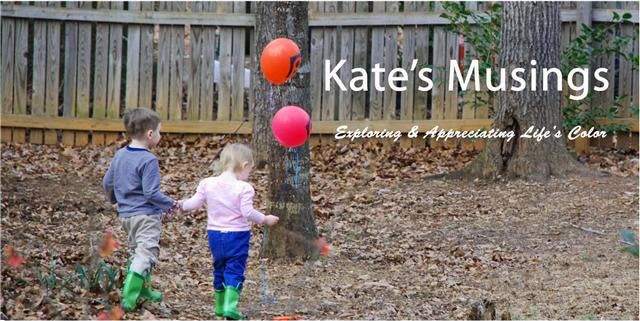Two weeks into my slow home challenge, and I have to say that I have learned a good deal about this movement, but I am also fairly certain that I still have a lot more to understand. I'm learning to love and appreciate my house and all that it offers us. It is more than bricks, wooden floors and a roof top. Despite the scattered toys, the piles of "stuff," here and there, and the smeared finger prints and dog drool on the widows, this place is our HOME. It represents a place of comfort and a starting point from which we jump into our lives each day. It is a work in progress, (and probably always will be!) but what I want more than anything is for this house to become a true reflection of our family, and it through this slow home challenge that I feel this will come about.
This week I set a goal to improve our outdoor living space, to give that space more of the qualities associated with slow home living. I feel great about the cool weather garden we planted, and am excited to watch the growth that occurs and feel pride in the finished product (fingers crossed!). Yet, aside from that, all kinds of weeding, and working to de-clutter the outdoor toys and surplus garden supplies, I still feel as though there is something missing. I can't help but feel that I didn't challenge myself quite enough this week. Perhaps this is one of those weeks where I have to accept that the space may not have needed that much transformation, that aside from a major transformation (and major money) not much could have been changed.
So be it.
I've lived in a lot of houses throughout my life, (in fact, too many to take the time to count right now) but there are a few where the backyard/outdoor living space really stand out in my mind.
One such place, one of the two houses from my childhood in Maine, was surrounded by a deep forest that actually backed up to a small, rocky beach on the ocean. On the edge of those woods in our backyard my dad hung a big tire swing in an old sturdy Oak tree. I have great memories of spending hours with my sisters swinging on that swing as well as exploring in the woods behind it. With so much of nature's best practically spilling into our home, that property was an amazing and truly magical place to be a child. All of my days spent playing there were nothing but fantastically slow...
 |
| Cow Beach, York Maine |
Here, we only have one tree in our backyard, and despite the fact that it is shared among the property of two other neighbors, it is a large walnut tree, and does provide some decent shade to a portion of the yard.
I really miss trees.
I do however live practically across the street from Alabama's largest outdoor park, Oak Mountain State Park...thankfully, there are lots and lots of trees there, not to mention plenty of nature's best. I'll take what I can, and do my best to be thankful for it!
I wish I could say that I'm ending this week's challenge having made some incredible and massive changes to our outdoor space so that it is better aligned with slow home living...Instead, I had the chance to recognize the fact that most of it already was that way.
After a little more work this weekend, I'll post some pictures of the updates I've made to our outdoor living space.
Next week's challenge: The Laundry Room/Pantry/Cleaning supply room...sigh...this is going to be a good one, I promise!























